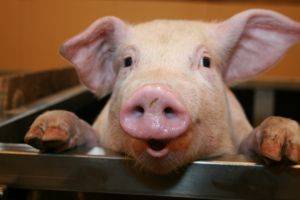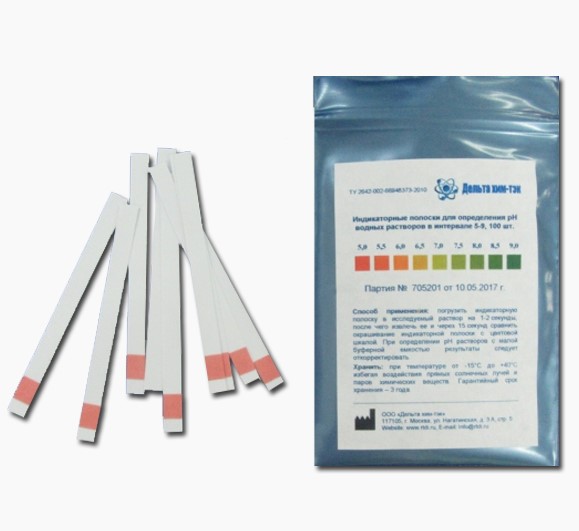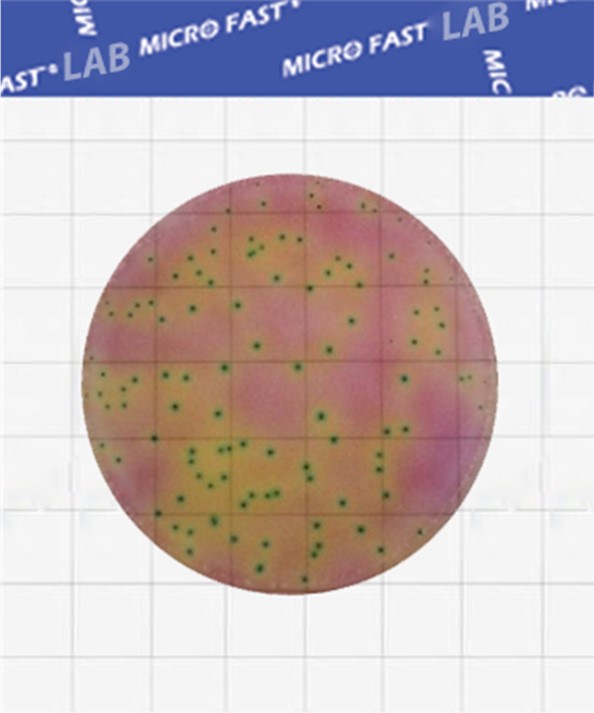Spain may cut beef production
After several years of increasing animal protein production, Spain is taking a different approach to animal production. The strategy of the Spanish livestock sector is currently focused on a more controlled expansion and diversification of EXPORT markets. In general, the Spanish MEAT sector, including cattle and pigs, is ready to invest about 3.63 billion US dollars , partly through European Union (EU) Next Generation funds, to improve animal welfare, sustainability, efficiency and modernization of the sector.
Spain's livestock production provides the country's agricultural production with more than $17 billion, while the Spanish meat industry has a turnover of more than $30 billion. This represents 22.6% of Spain's entire food industry, making it the leading sector with $10.4 billion in exports.
However, the new approach could lead to a reduction in livestock numbers in 2022 as producers seek to minimize their environmental impact and find alternative export markets beyond CHINA , the biggest buyer of Spanish pork.
In 2020, Spanish official data for cattle and beef showed a slight decrease in production due to the covid-19 pandemic and higher feed prices. In 2020, the slaughter of cattle in Spain decreased by 3.5% to 2.4 million heads. Spain's beef production also fell 2.6% to 677,740 tons, while carcass weight rose 1 percent to 279.5 kg due to slaughter delays.
According to the sector, bovine slaughter in Spain may also fall by 2.4% in 2021, mainly due to a reduction in calf slaughter, and by 3.5% in 2022 due to weak economic performance and the intention of Spanish livestock farmers cut production. Cattle stocks in Spain for 2022 may fall by 1.1%.
In 2020, Spanish beef exports rose by 4% to 231,000 tons and $903 million, mainly due to an increase in exports to the EU, especially to Italy and Greece, by 8%. This level of exports and reduced imports resulted in the second positive trade balance since 2000 of $289 million. This positive trend continued from January to July 2021. In 2020, Spain exported 85% of its beef to other EU member states, mainly to Mediterranean countries. In addition, since 2020, Spanish beef exports have increased significantly to CANADA, Indonesia, Vietnam and Hong Kong. In 2020, Spanish beef exports have shifted in trade flow from North Africa to new markets, according to the Spanish beef industry. Besides, the Spanish beef sector is still working to open the Chinese and South Korean markets. According to industry sources, Spanish beef exports to non-EU markets are expected to return to normal levels in 2021, maintaining a positive trend in 2022.
Pork production is expected to remain flat next year as the industry seeks to open up new markets to offset declining pork demand in China. At the same time, the ASF outbreak in Germany left 350,000 tons of pork on the EU market. Eurostat data for December 2020 shows that Spain's pig population has reached another record high of 32.8 million pigs, up five percent from the previous year. The number of sows in Spain also rose by 2.2 percent to 2.635 million sows, and the number of sows in Spain is also expected to increase slightly in 2022, according to the sector. The piglet/sow ratio is around 27 for Spanish white pigs and 13-15 for Iberico sows, resulting in an average of 21 piglets per sow. According to industry representatives, Spain's pork production may continue to grow in 2021, albeit at a slower pace due to lower demand from China. Chinese demand for Spanish pork in the first half of 2021 remained as strong as in 2020, but since mid-June 2021, Spanish pork exports toChina declined as Chinese demand declined.
Spain is a net exporter of pork and exports 55% of its total pork production. In 2020, total pork exports from Spain increased by 21.5% to 2.7 million tons, worth €6.2 billion. This was mainly supported by an increase in exports to Asia, mainly to China. In the Spanish pork sector, shipments to non-EU markets increased by 60% last year to 1.6 million tons, of which 1.2 million tons went to China.



























































